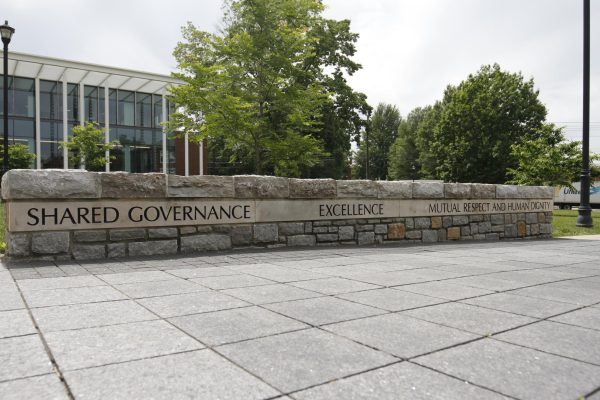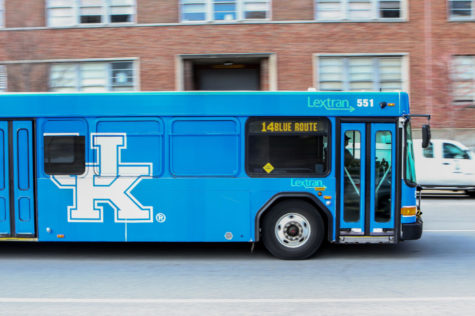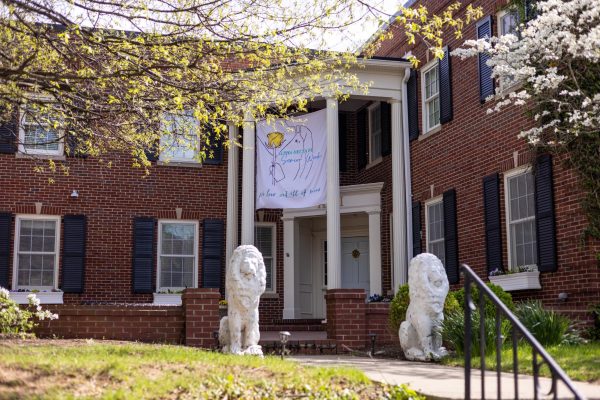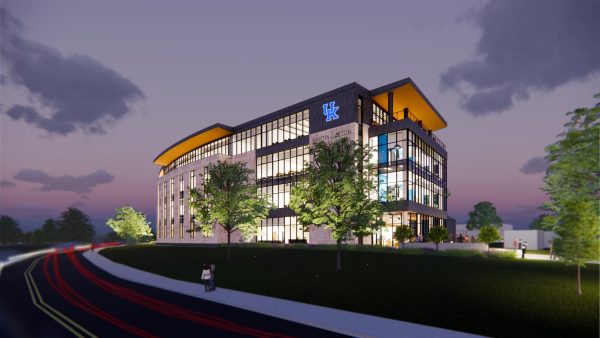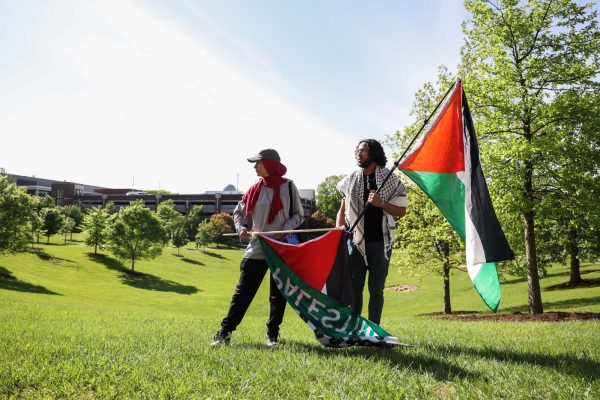Classrooms at risk in emergencies: White Hall has vulnerabilities if a shooting were to occur
March 27, 2013
By Morgan Eads| @KyKernel
Posted near the door of nearly every classroom on UK’s campus is a sign that highlights what students and employees should to do in certain emergency situations.
The first step listed in an active shooter situation is to lock or barricade the door “if possible.” In several large classrooms in White Hall Classroom Building, this is not possible.
Forums on safety at UK highlighted potential holes in security should there be a shooter on campus, with UK’s largest classroom building especially at risk. While some of the rooms have no locks, instructors do not have the keys to lock others. Additionally, furniture bolted to the floor in some classrooms makes barricading the doors nearly impossible.
White Hall has more than 3,000 seats in its 58 classrooms. If they are in a room that is difficult to secure, students and teachers have to be prepared to take alternative actions, said Dave Benson, executive vice president for global security operations for the national Center for Personal Protection & Safety.
“If you know the doors don’t lock and you know the windows open, you have an idea of what you can do,” Benson said in an interview with the Kernel.
Some of the larger classrooms in White Hall that hold up to 300 students also have out-swinging doors. In the Virginia Tech massacre of April 16, 2007, students were shot while trying to hold out-swinging doors that could not be barricaded, crime prevention officer Alan Saylor said.
The Kernel attended two forums and spoke with safety officials to learn what should be done in emergency situations. Students and employees need to be aware of their surroundings before an emergency to know whether they are in a room with such vulnerabilities, said Saylor, a member of the UK police department.
“You are the first line of defense, not the police,” Saylor said. “What you do and what you don’t do in that particular circumstance, your response to that situation will save lives.”
Many school shooting incidents are over by the time first responders arrive on the scene, Saylor said. According to a video presented by the Center for Personal Protection and Safety, people have three options if there is a shooter on campus: get out, hide out or take out.
Saylor expressed reservations about the “get out” option, saying if there is one shooter, you have to assume there could be two and that someone could be shooting outside as well.
According to the video, if getting out of the area and hiding are not possibilities, there is no other option but to take out the shooter. Though some people might not see themselves being capable of such violence, Saylor said that it is a necessity.
“You’ve got to reach into yourself and be something that you are not,” Saylor said. “You’ve got to be a lion, not a lamb.”
Benson also expressed the importance of being ready to do what is necessary.
“You have to do the best you can to save your life and the lives of your friends,” Benson said.
As soon as an active shooter is discovered, campus and Lexington police will swarm to the area and UK Alerts will immediately go out. The potential sound of hundreds of phones on campus going off with alerts could pose a threat to those hiding from an active shooter. This potential issue has not gone unnoticed by the campus police. Saylor recommends keeping phones and noise makers on silent at all times.
“In an emergency situation, are you really going to remember to shut this thing off?” Saylor asked, gesturing to his own phone.
Though forums are being offered on campus for students and employees interested in learning about what to do in case of a school shooting, there is no required course or protocol in this kind of situation, leaving many students and employees unprepared.
Sociology instructors Lisa Conley and John Johnson said the forum was helpful in planning for such an event. Neither thought such a forum should be mandatory, but they agreed attending one should be strongly encouraged.
“I really wonder if anyone could ever be prepared for something like this,” Conley said. “I don’t think many are.”
“This is good,” Johnson said. “If everyone came to this I think they’d be much better prepared.”
Several points were raised that might have otherwise gone unnoticed. Conley said before this training she would have urged her students to huddle in a corner rather than spreading out to confuse the shooter, as police suggest.
“I think it’s helpful,” Conley said. “I think it is unfortunate we live in a society that we have to talk about these things, but we do have to talk about them.”
Any building or location has vulnerabilities, buildings on campus being no different. Being prepared for anything and to do whatever is necessary to survive is vital in an shooting situation, Saylor said.
“Think of those that love you, they want you to come home,” Saylor said. “Are you going to do what you need to do to make that happen?”











































































































































